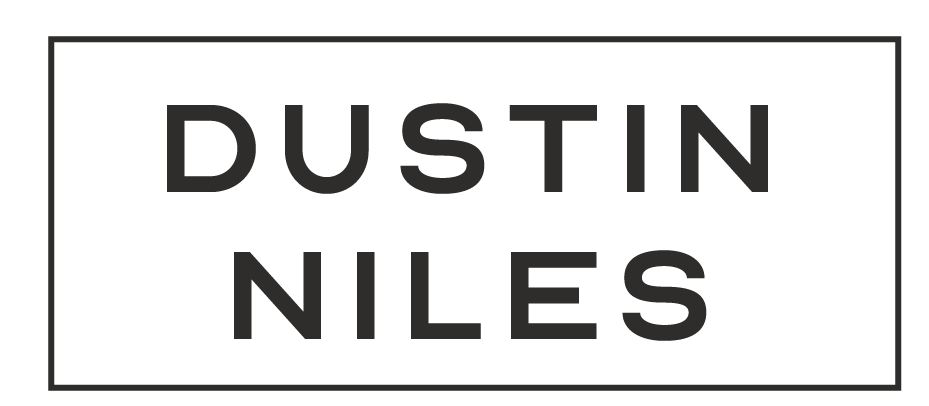By Dustin Niles
In the modern digital age, we are bombarded with more images than ever before. By some estimates, more than several billion JPEG images are created every day. (Baraniuk, 2015) We are simply overwhelmed, immersed, and submerged in imagery every day in a way that wasn’t possible before the digital age. We rely on it to keep up on the news, entertain ourselves, and document the world around us. In addition to still images, we’ve also been subject to an onslaught of video and animations. Screens everywhere allow images to move whenever we want them to. So how is this affecting us? When photographic recreations of our reality are in front of our eyes for hours every day, what does it do to us? Especially since some, if not most, of these are manipulated in some form to alter our perception of reality.
In the course of these blog posts, we’ll discuss a couple of instances of imagery, and how it’s affected by its presence in digital spaces. The first kind of imagery is deep fakes, which manipulate video imagery for nefarious uses. The second is photoshopped images in the media which distort our body images and our perceptions of ourselves. The third is actually positive, where researchers were able to recreate and repair historic images near landmarks by filling in the blanks with internet images. The three instances paint a diverse and varied picture of the state of photographic imagery in digital space today. Read on to see how the deluge of images we see every day is changing us.
An illustration of the connections of the internet, taken in 2005. Photo by Matt Britt licensed under Creative Commons Attribution 2.5 Generic.
References
Baraniuk, C. (2015) JPEG lockdown: Restriction options sought by committee. BBC News. Retrieved from https://www.bbc.com/news/technology-34538705
